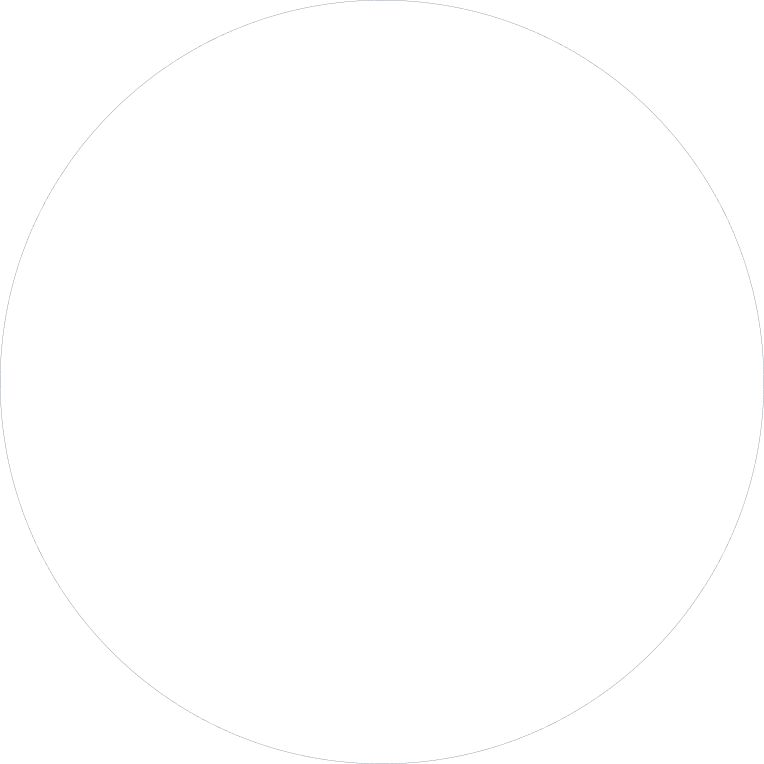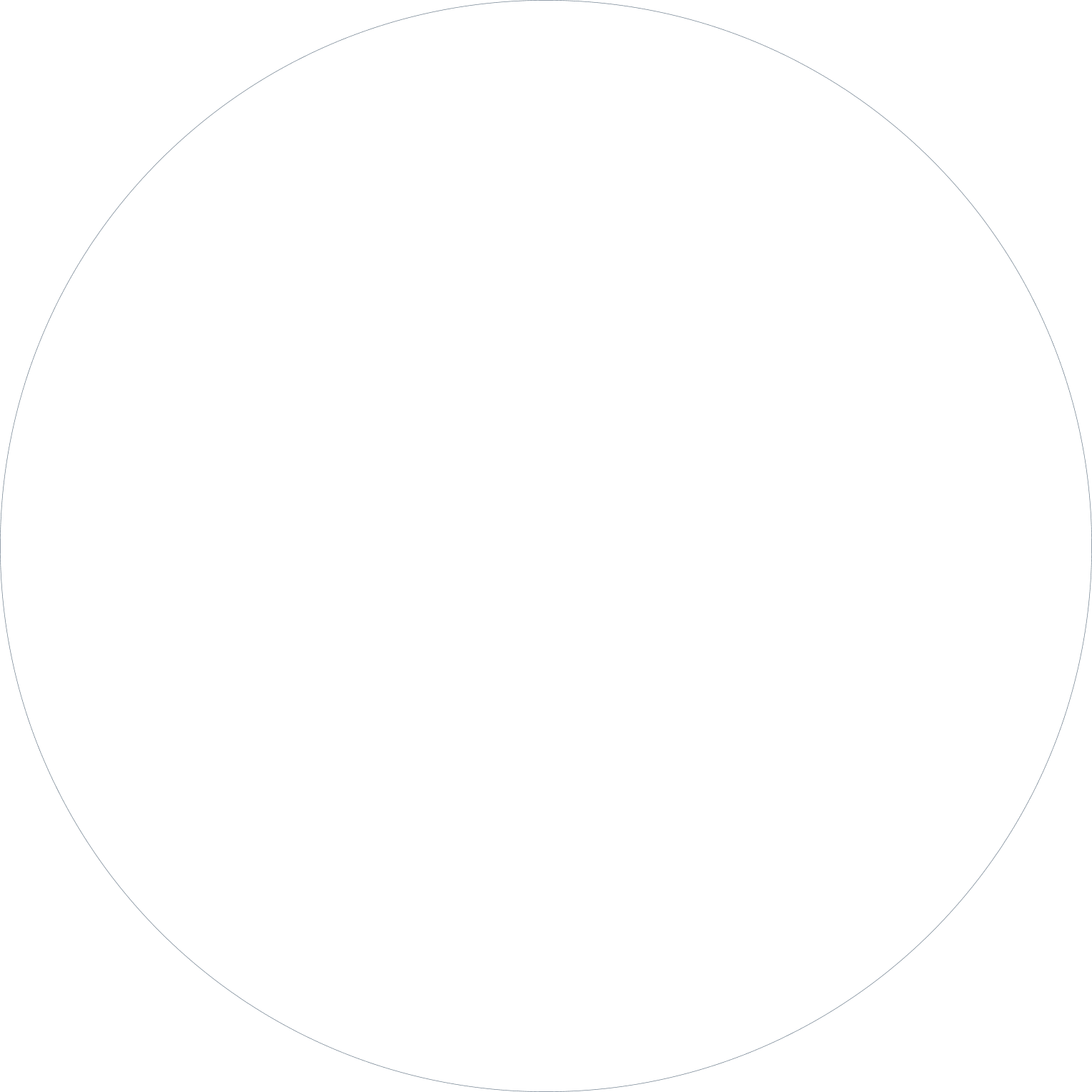What is 3D Concrete Printing?

What is 3D Concrete Printing? Definition, Process & Benefits
3D Concrete Printing (3DCP) is an advanced digital construction technology that automates layer-by-layer extrusion of concrete, enabling precise, scalable, and waste-efficient building solutions. By replacing traditional formwork with robotic automation, 3DCP allows architects and engineers to create intricate, parametric structures with high efficiency.
Watch 3D Concrete Printing Explained
Experience 3D concrete printing in action. In this short video, we break down the fundamentals of the technology and why it's revolutionizing construction and design.
The video highlights the two primary markets where this innovation is making waves: construction — focusing on scalable solutions, and design — where Vertico truly shines with precision, artistry, and form freedom.
3D Concrete Printing in Design
Want to see 3D concrete printing in action? The Structural Columns project with TU Eindhoven highlights our design-driven approach, using parametric techniques to create expressive architectural elements with precision.

3D Concrete Printing in Construction
For a construction-focused example, the HPA Pavilion shows how we eliminate formwork and unlock complex geometries — a powerful case of sustainability and innovation in architecture through 3D printing.

How Does 3D Concrete Printing Work?
Advanced 3D concrete printing combines precision robotics, custom printhead technology, and optimized material handling to create structures layer by layer. A robotic arm or gantry system is equipped with a specialized printhead, where the concrete mix is extruded in precise layers, guided by advanced slicing software.
This process ensures that complex, parametric designs are realized with efficiency, minimal waste, and unmatched accuracy.
Step-by-Step 3D Concrete Printing Process
- A custom-designed printhead is mounted onto a robotic arm or gantry system.
- The concrete mix is prepared and pumped through a hose into the printhead.
- The material is extruded in precise layers, following a sliced 3D model to achieve the desired shape.
- Specialized software translates the design into machine instructions, ensuring accuracy and efficiency.
- (Optional) Curing & Hardening: The printed layers gain strength through controlled drying and chemical reactions.
What Equipment is Needed?
- Slicing software that converts 3D models into precise toolpath instructions, optimizing layer height, speed, and deposition patterns.
- A robotic arm or gantry system that controls the movement of the printhead, allowing for complex designs and structural accuracy. Learn more about the differences between robotic arms vs. gantry systems in 3DCP.
- A printhead that regulates material flow and ensures uniform layer deposition, which is critical for build quality and structural integrity. Explore different types of printheads technologies used in concrete printing.
- A pump and hose system that transports the concrete mix under controlled pressure to maintain consistency throughout the printing process
Check out a full breakdown of 3D concrete printing equipment for a more visual look at the tools and technologies used in the process.
What is a Printhead in 3DCP?
A 3D concrete printing printhead is the core component of the printing system, responsible for controlling material flow, deposition, and layering. It determines precision, speed, and structural integrity, making it one of the most critical parts of any 3D concrete printing setup.
The choice of printhead affects the geometry, material composition, and curing process of printed structures. Learn more about printhead technology in 3D concrete printing.
Types of 3DCP Printheads
Standard Printhead (1K)
The Standard Printhead is designed for general-purpose 3D concrete printing, ensuring consistent material extrusion across different projects. It supports a variety of concrete mixtures, allowing for customized formulations based on project requirements. Discover more about the Standard Printhead and its applications.

Accelerator Printhead (2K)
The Accelerator Printhead is optimized for high-resolution, intricate designs. It features an advanced mixing system and real-time material control, enabling faster curing and complex geometries with high precision. Explore the Accelerator Printhead for high-precision 3D printing.

What Type of Objects Can Be 3D Printed?
3D concrete printing is transforming architecture and construction, allowing for the fabrication of intricate designs and functional structures that would be difficult or impossible with traditional methods. From artistic installations to load-bearing infrastructure, this technology offers unparalleled design freedom.
3D Printing Technology In Construction & Architecture
3D concrete printing is reshaping the construction and architectural industries by integrating advanced robotics, intelligent software, and sustainable materials. This technology allows for greater design freedom, faster construction processes, and reduced material waste while enabling entirely new forms of urban development, housing, and infrastructure.
Applications of 3D Concrete Printing
Architectural Design & Parametric Structures
In modern architecture, 3D concrete printing enables parametric and freeform structures that push the boundaries of design. Unlike traditional methods, this technology allows for customized facades, curved walls, and intricate surface textures — making it a game-changer for architects and designers.
A prime example is the Sand Mould Facades project, where 3D printing was used to create highly detailed architectural panels using sand molds. This approach allows for expressive designs with complex geometry while reducing waste and enabling scalable, cost-effective production for façade applications.

Construction & Large-Scale Infrastructure
The construction industry is rapidly adopting 3D printing for large-scale projects, including bridges, tunnels, and structural elements. This method significantly reduces manual labor, enhances sustainability, and speeds up construction timelines without compromising strength.
A standout application of this technology is the Topology Optimized Bridge, where algorithm-driven engineering meets 3D printing to create structurally efficient and material-conscious infrastructure.

3D Printed Houses & Sustainable Housing
The rise of 3D printed houses is transforming affordable and sustainable housing solutions by reducing material waste, lowering labor costs, and accelerating construction timelines. This innovation plays a crucial role in addressing global housing shortages, particularly in rapid urbanization and disaster relief scenarios.
A real-world application of this can be seen in "The Reality of 3D Printed Housing", where concrete 3D printing technology is used to create resilient, cost-effective, and energy-efficient homes with intricate architectural detailing and structural strength.

Research & Material Innovation
Academic institutions and industry pioneers are continuously exploring new material formulations, reinforcement techniques, and structural optimizations to expand the possibilities of 3D concrete printing. Research areas focus on bio-based materials, ultra-lightweight concrete, and AI-driven design optimizations.
A significant leap in material and surface experimentation can be seen in Sand Mould Facades, where 3D printing allows for the creation of intricate patterns while optimizing resource usage.

Full breakdown of 3D concrete printing equipment
Dive Into the New Era of Design with Vertico
Discover Vertico's state-of-the-art concrete 3D printing solutions that turn visionary ideas into reality.


%402x.svg)




















.webp)



